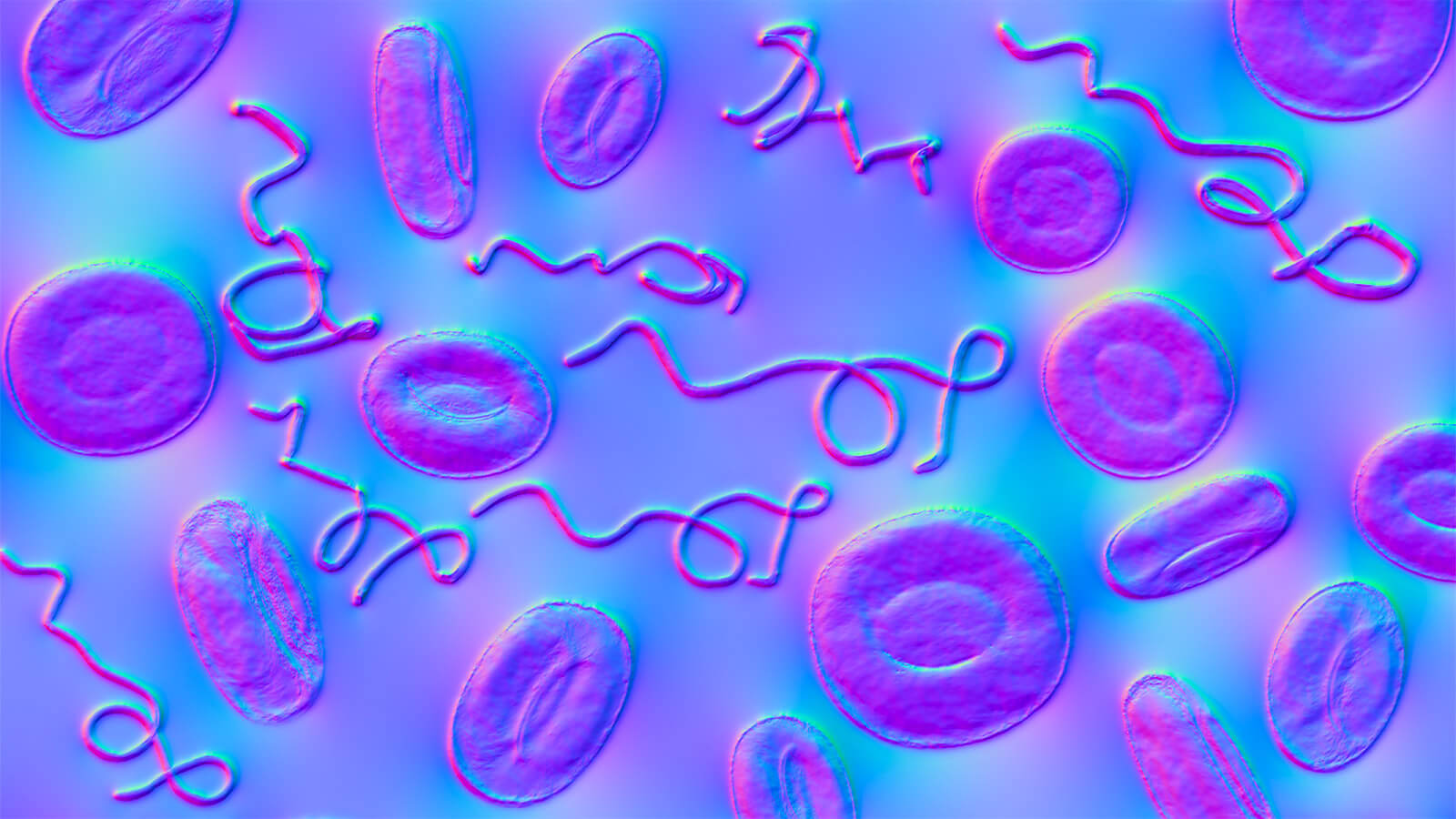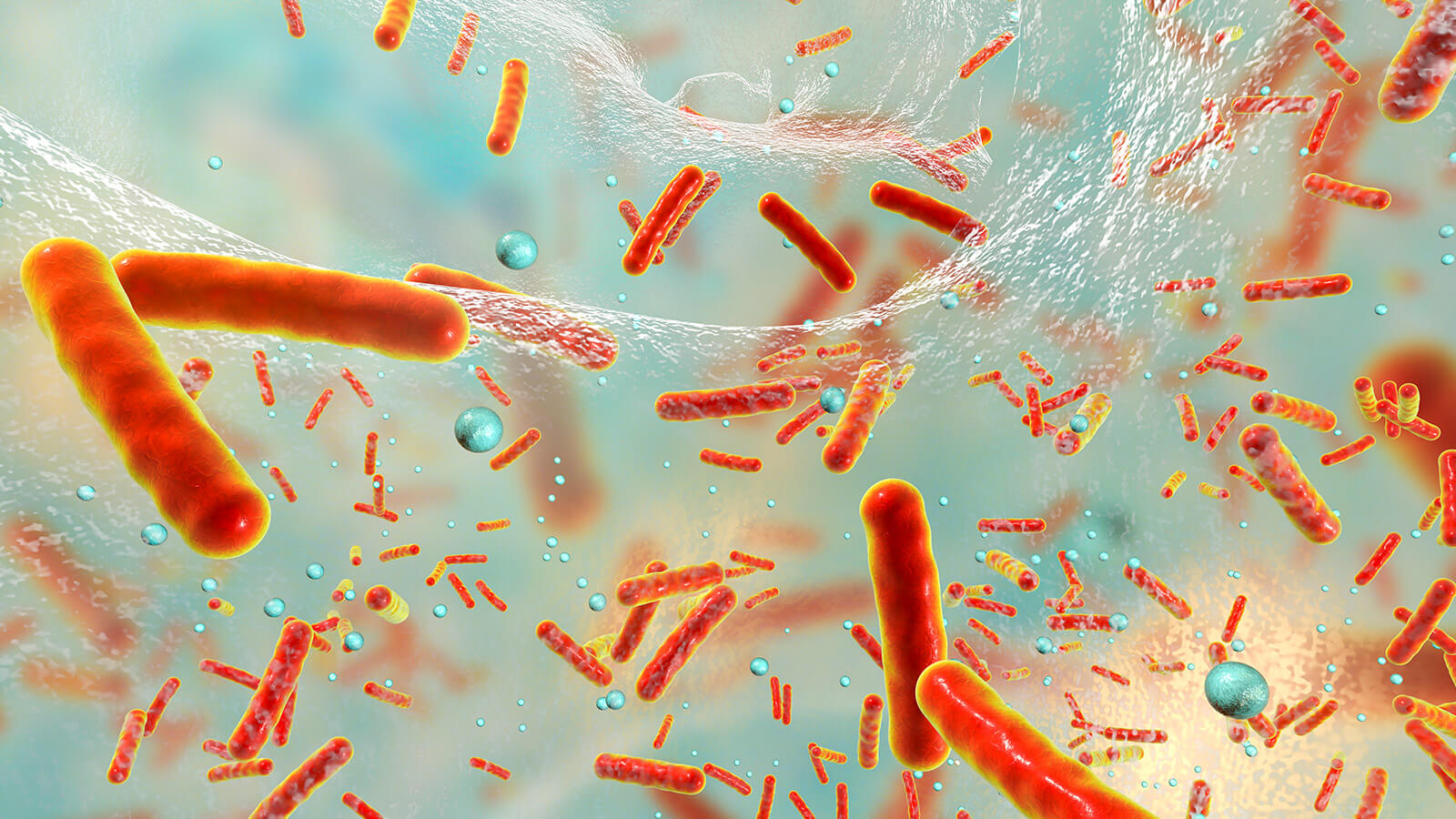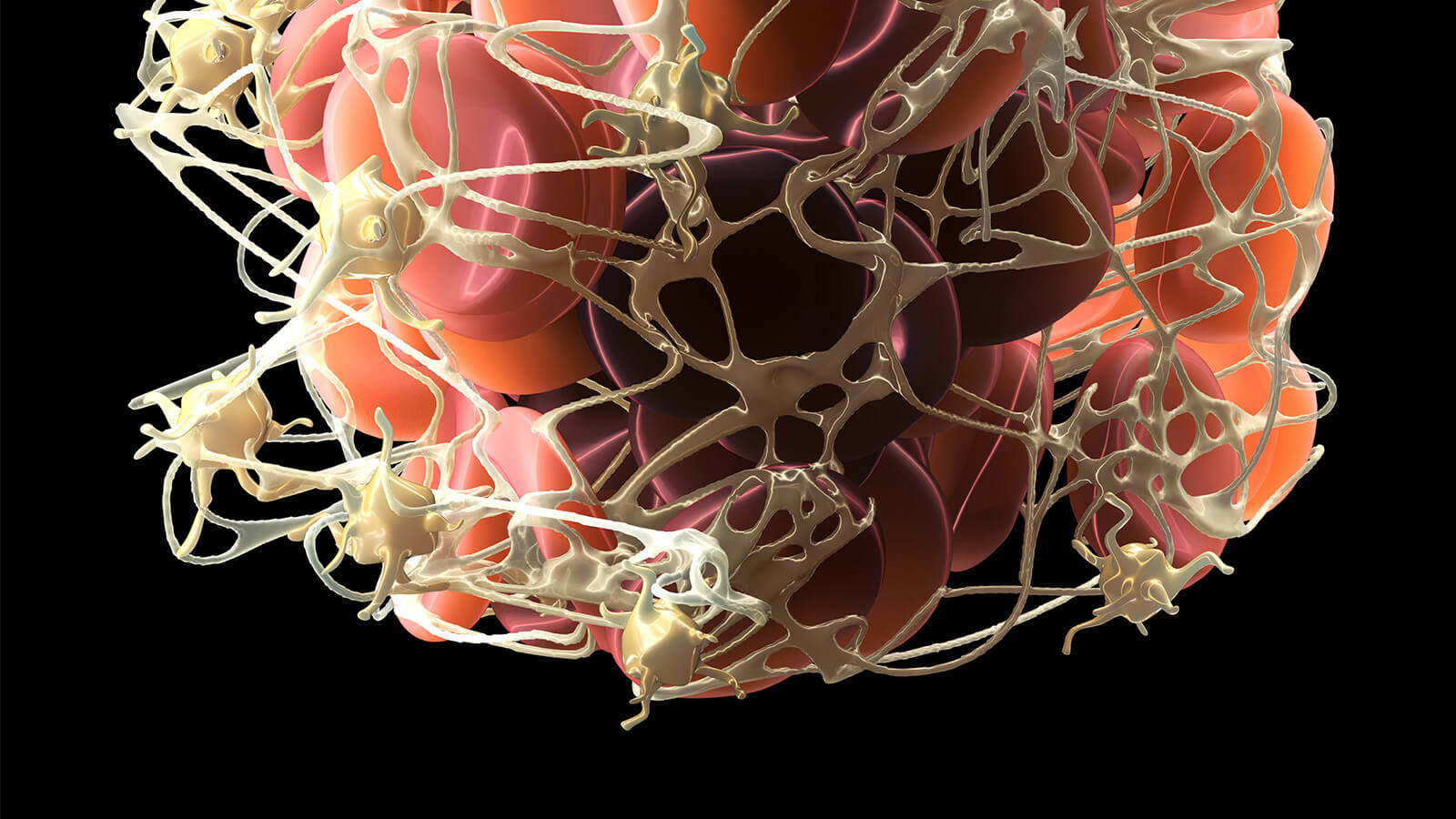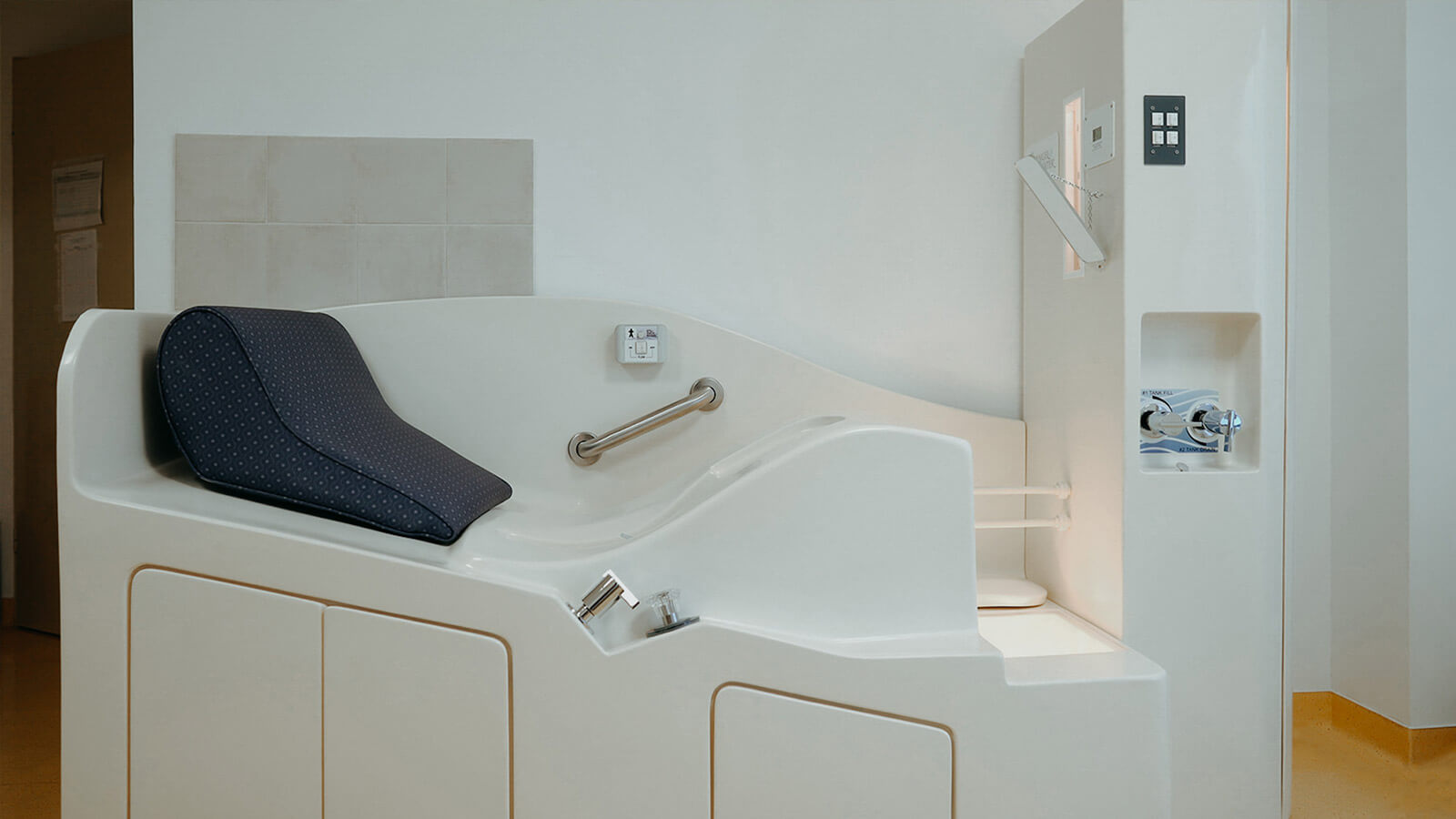
Ozone therapy in Lyme disease
Research has shown that ozone kills microorganisms by destroying their outer membranes or capsules.

In addition, unlike human cells, which possess enzymes that can repair damaged DNA, pathogenic microorganisms do not have this protective capacity. Ozone acts selectively on pathogens found in the body without harming healthy cells.
Repeated ozone treatments are necessary because certain forms of viruses and fungi are more susceptible to the effect of ozone at different stages of their development. Some microorganisms are more resistant than others and therefore require more prolonged treatment.
Viruses with more lipids in the outer capsule are more susceptible to the action of ozone: herpes, mumps, measles, influenza, rabies, HIV, Epstein Barr virus, Coxsackie virus, cytomegalovirus.
The therapeutic solutions we provide
Comprise a wide range of conventional, adjuvant and supportive therapies, which integrate medical concepts that have been built on a sturdy scientific basis and on the clinical experience of numerous Lyme disease specialists worldwide.
ImunoMedica patients have access to the latest diagnostic tools, technologies and innovations as well as to the latest and best treatments available, as soon as these are proven to be safe and effective.
How can you become a patient of our clinic?
Throughout the whole process, from your initial contact, through treatment and after you leave our clinic, our patient coordinators will guide you through the steps and support you with all their expertise, attention and kindness.
*
We are here to help you
Our patient coordinator will contact you soon
Phone: +40.771.518.946, e-mail: office@imuno-medica.ro




















